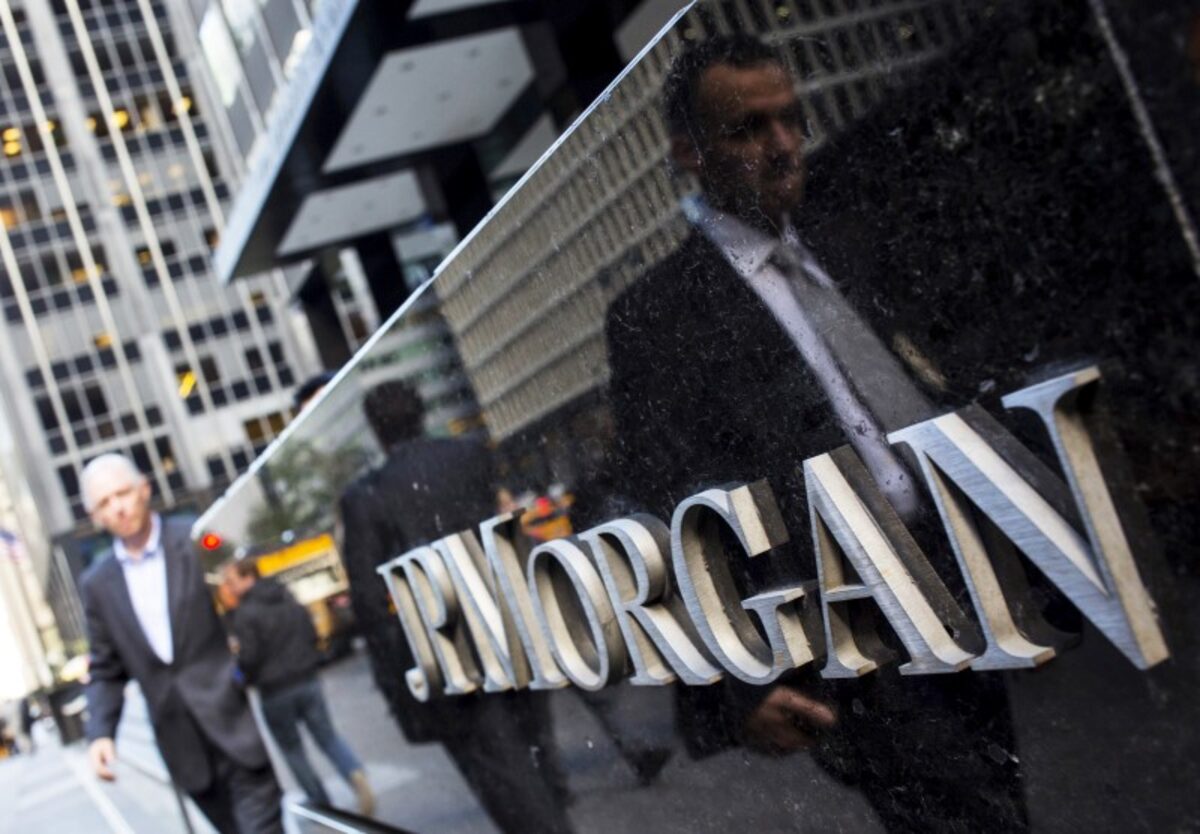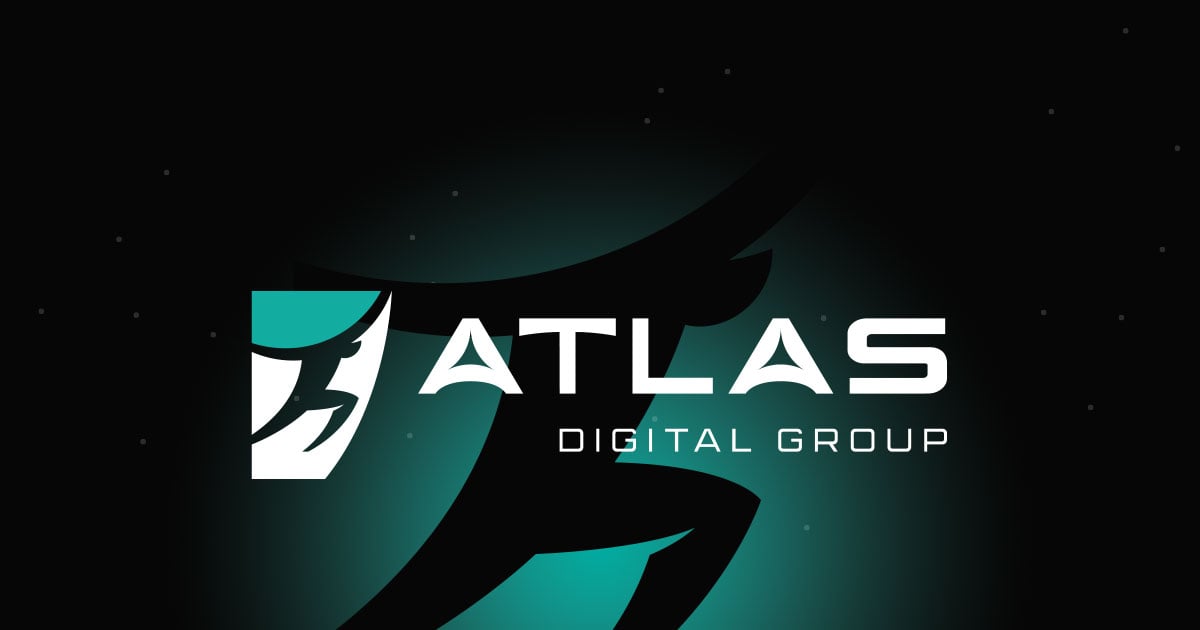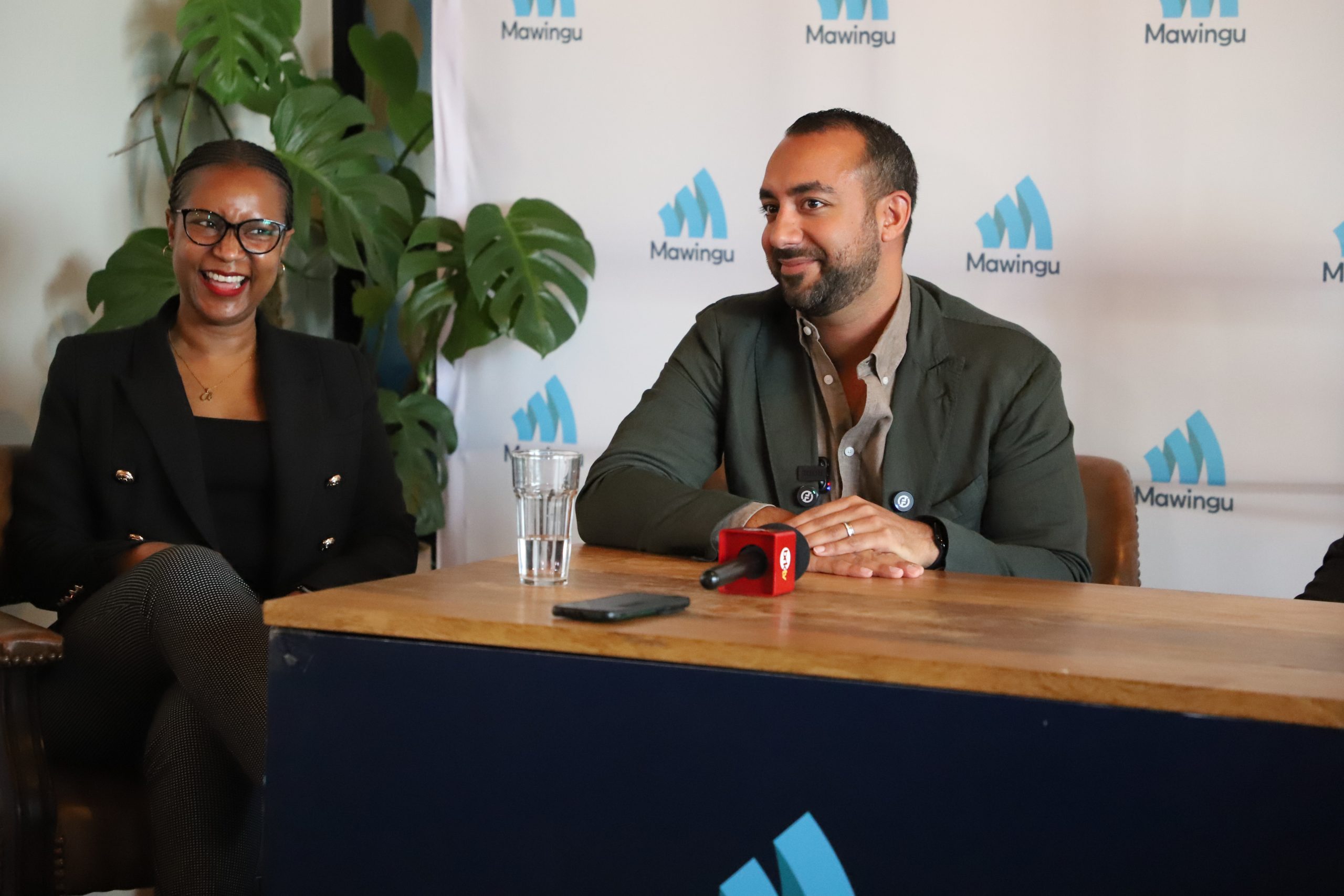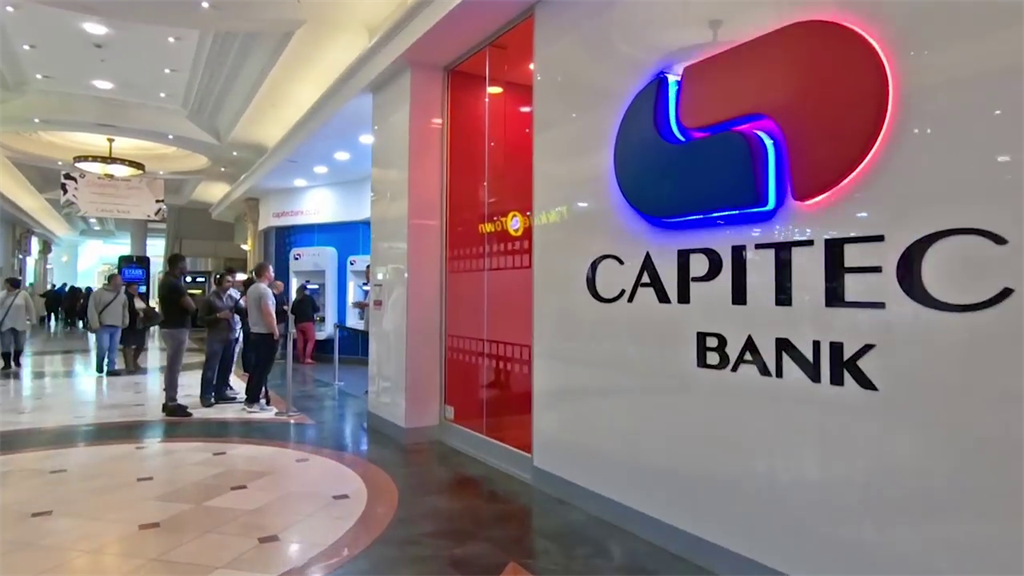Marking a new chapter for the Gulf’s financial markets, Saudi Arabia has secured a place on J.P. Morgan’s Government Bond Index – Emerging Markets watchlist.
This strategic move shows the rapid maturation of Saudi Arabia’s debt capital markets amid its ambitious Vision 2030 reforms.
As the world’s largest oil exporter pivots toward diversification, this inclusion signals heightened global confidence, promising to unlock billions in foreign investment and supercharge market liquidity.
For investors eyeing Saudi Arabia bonds, this isn’t just news; it’s an opportunity. The watchlist placement positions the Kingdom for potential full inclusion in the index by mid-2026, pending further enhancements in secondary market liquidity and settlement infrastructure.
With projected initial foreign inflows of SAR 18.75 billion (approximately USD 5 billion), the ripple effects could redefine emerging market dynamics.
Understanding the GBI-EM Watchlist
J.P. Morgan’s GBI-EM index is a cornerstone benchmark for global fixed-income investors, tracking local-currency government bonds from emerging markets.
Launched in 2007, it has evolved to encompass over 20 countries, influencing trillions in asset allocations worldwide.
The watchlist serves as a rigorous vetting process, evaluating candidates on criteria like market accessibility, regulatory transparency, and trading volume, all hallmarks of a mature sovereign debt ecosystem.
Saudi Arabia’s entry marks a major shift. Unlike traditional emerging peers, the Kingdom boasts an AAA-rated sovereign balance sheet, supported by vast hydrocarbon reserves and fiscal surpluses.
Yet, until now, its bonds, primarily sukuk (Islamic instruments), have flown under the radar of major indices due to historical restrictions on foreign ownership.
Reforms since 2016, including the Qualified Foreign Investor programme, have dismantled these barriers, paving the way for broader participation. This addition aligns with similar successes, like Egypt’s 2019 inclusion, which drove a 20% surge in foreign holdings.
Why Now?
The timing couldn’t be more opportune. Under Vision 2030, Saudi Arabia has aggressively liberalised its capital markets, issuing over SAR 300 billion in sukuk and conventional bonds since 2017 to fund mega-projects like NEOM and the Red Sea development.
The Saudi Exchange (Tadawul) has seen trading volumes triple in the past year, with daily turnover exceeding SAR 2 billion in fixed-income segments.
Mohammed Al-Rumaih, CEO of the Saudi Exchange, hailed the news as a “testament to our progress in building a world-class debt capital market.”
Key enablers include the 2024 rollout of real-time gross settlement for bonds and eased custody rules for international custodians.
READ ALSO:How Al Ansari Is Balancing Growth With Strong Dividend Returns
These steps address J.P. Morgan’s liquidity benchmarks, where Saudi Arabia now scores highly on accessibility metrics.
For global players, this means access to high-yield assets in a stable, Sharia-compliant framework. Yields on 10-year Saudi sukuk hover around 5.2%, offering a compelling risk-reward profile amid volatile geopolitics.
Boosting Liquidity and Investor Participation
The real magic lies in the inflows. Full GBI-EM inclusion could channel USD 5 billion in passive investments from index-tracking funds, representing about 2% of the Kingdom’s outstanding debt.
This influx is expected to enhance market liquidity, narrowing bid-ask spreads and deepening secondary trading, all critical for attracting active managers.
Beyond numbers, it promotes a positive cycle:Greater foreign participation validates Saudi reforms, potentially lowering borrowing costs for the government and corporates.
In 2025 alone, the Kingdom plans SAR 100 billion in issuances, up 15% from last year, to support green and digital infrastructure.
Analysts at J.P. Morgan forecast a 10-15% uptick in overall emerging market bond demand, as Saudi Arabia’s addition diversifies portfolios away from overexposed Asia and Latin America.
Risks remain, including oil price fluctuations and regional tensions, but the Kingdom’s USD 450 billion in foreign reserves provide a robust buffer. Early adopters, like BlackRock and PIMCO, have already ramped up allocations, signalling broad appeal.
Broader Implications for Emerging Markets
This milestone isn’t isolated; it’s part of a 2025 wave of index integrations, following Qatar’s full GBI-EM entry in Q2.
For emerging markets, Saudi Arabia’s journey highlights how oil-dependent economies can pivot toward sustainable finance, blending Islamic principles with global standards. It could inspire peers like the UAE and Oman, accelerating GCC integration into mainstream benchmarks.
Looking Ahead
As Saudi Arabia eyes full inclusion, the stage is set for a liquidity renaissance in its bond markets. Investors should monitor upcoming auctions and liquidity metrics closely; this could be the catalyst for outsized returns in emerging market bonds.
In an era of fragmented global finance, the Kingdom’s bold step reaffirms its role as a bridge between East and West.
Ronnie Paul is a seasoned writer and analyst with a prolific portfolio of over 1,000 published articles, specialising in fintech, cryptocurrency, climate change, and digital finance at Africa Digest News.







Leave a Reply